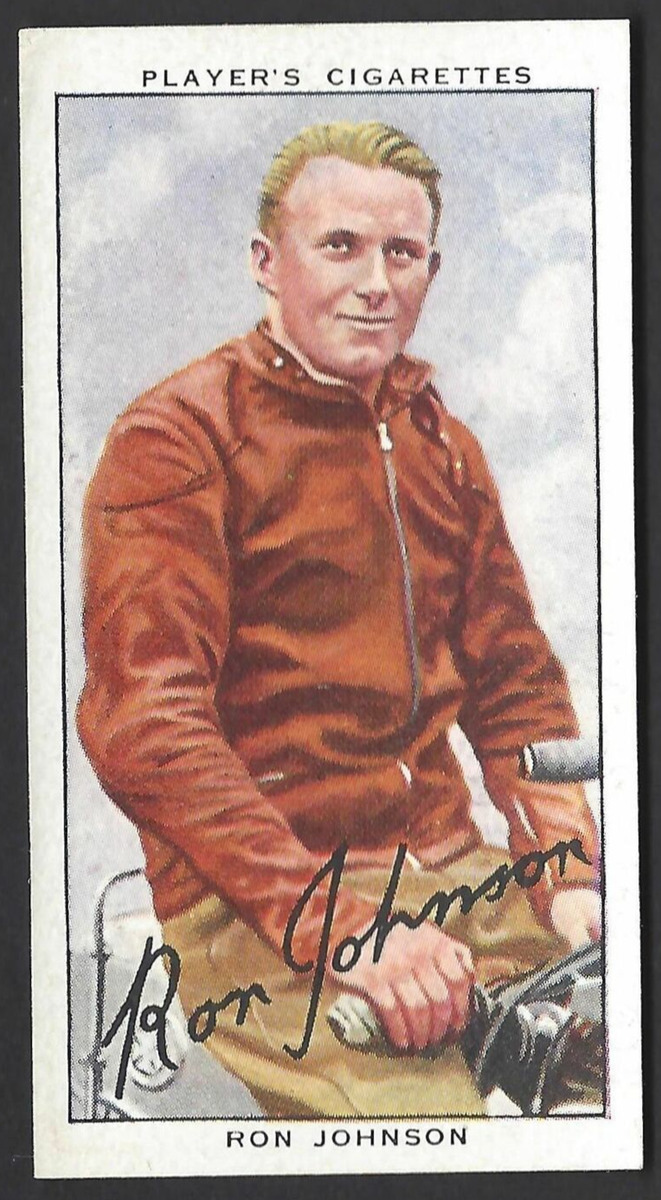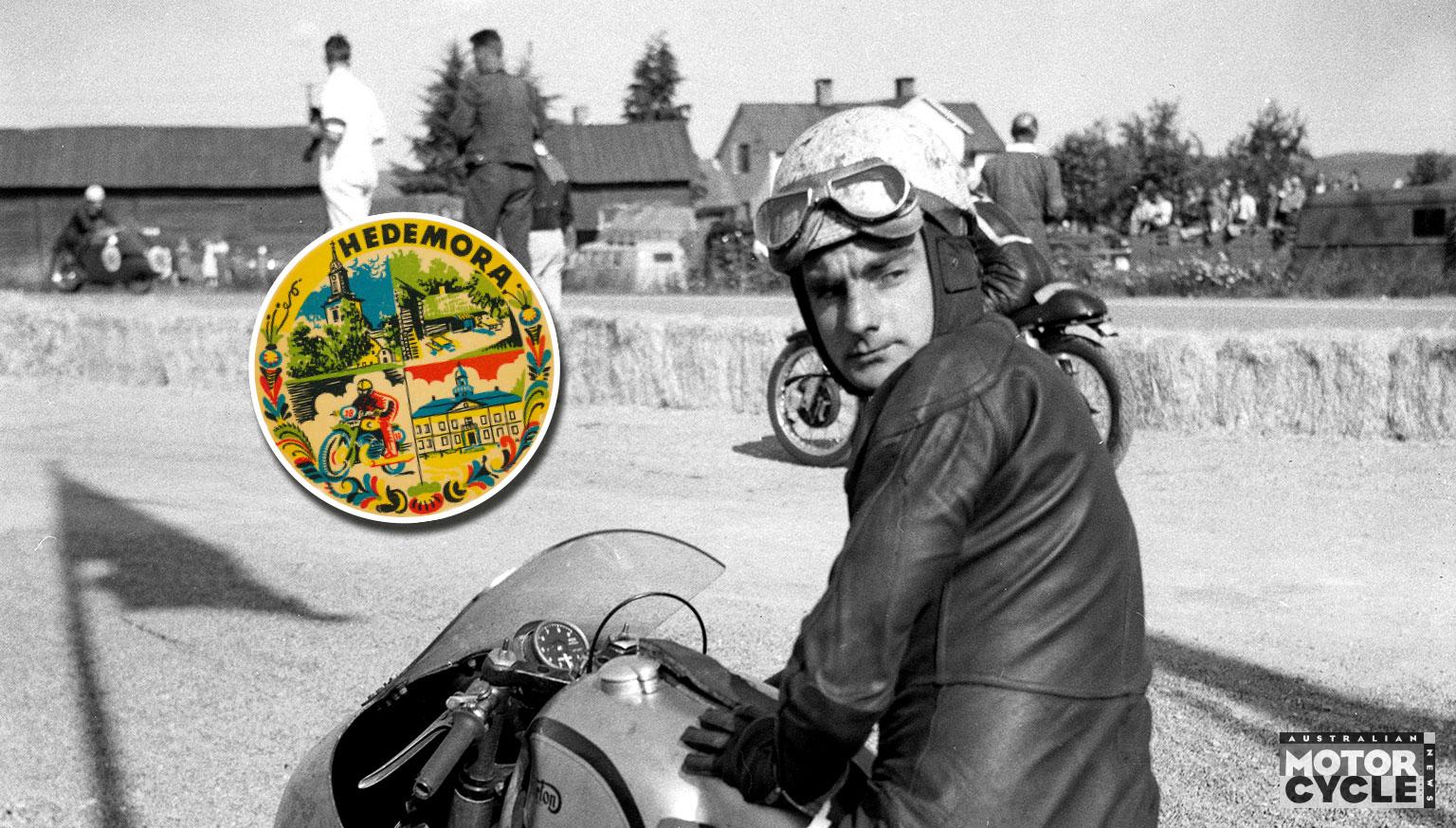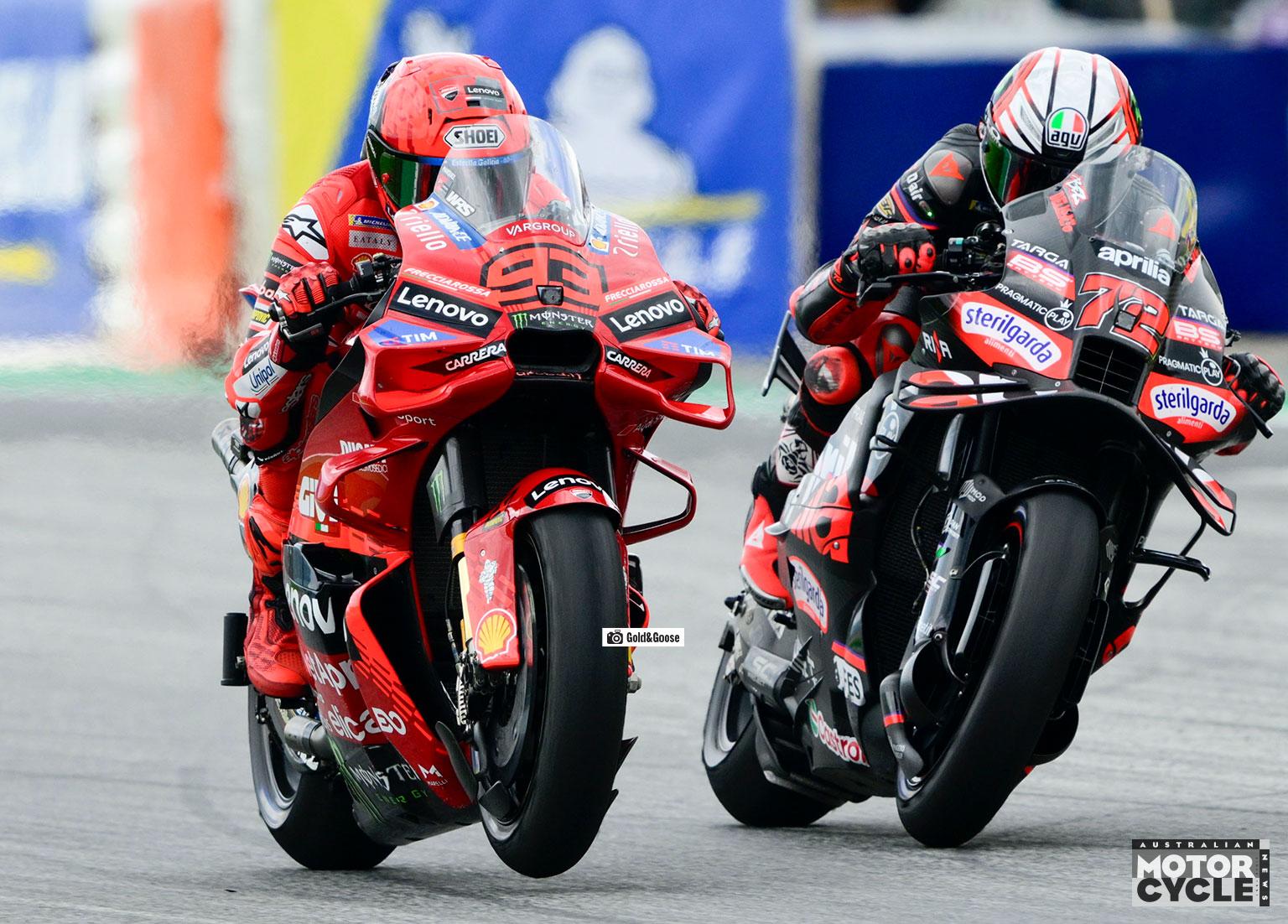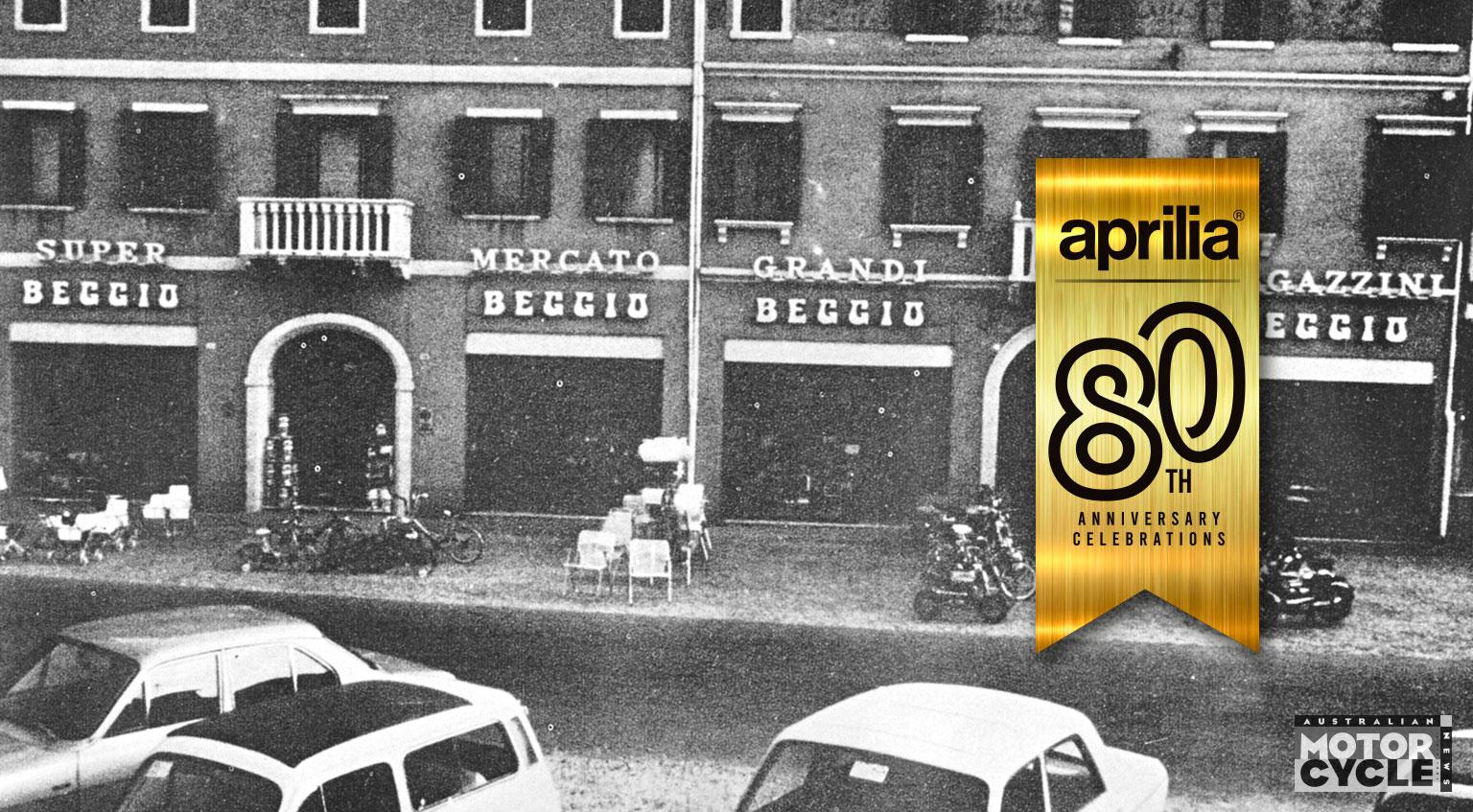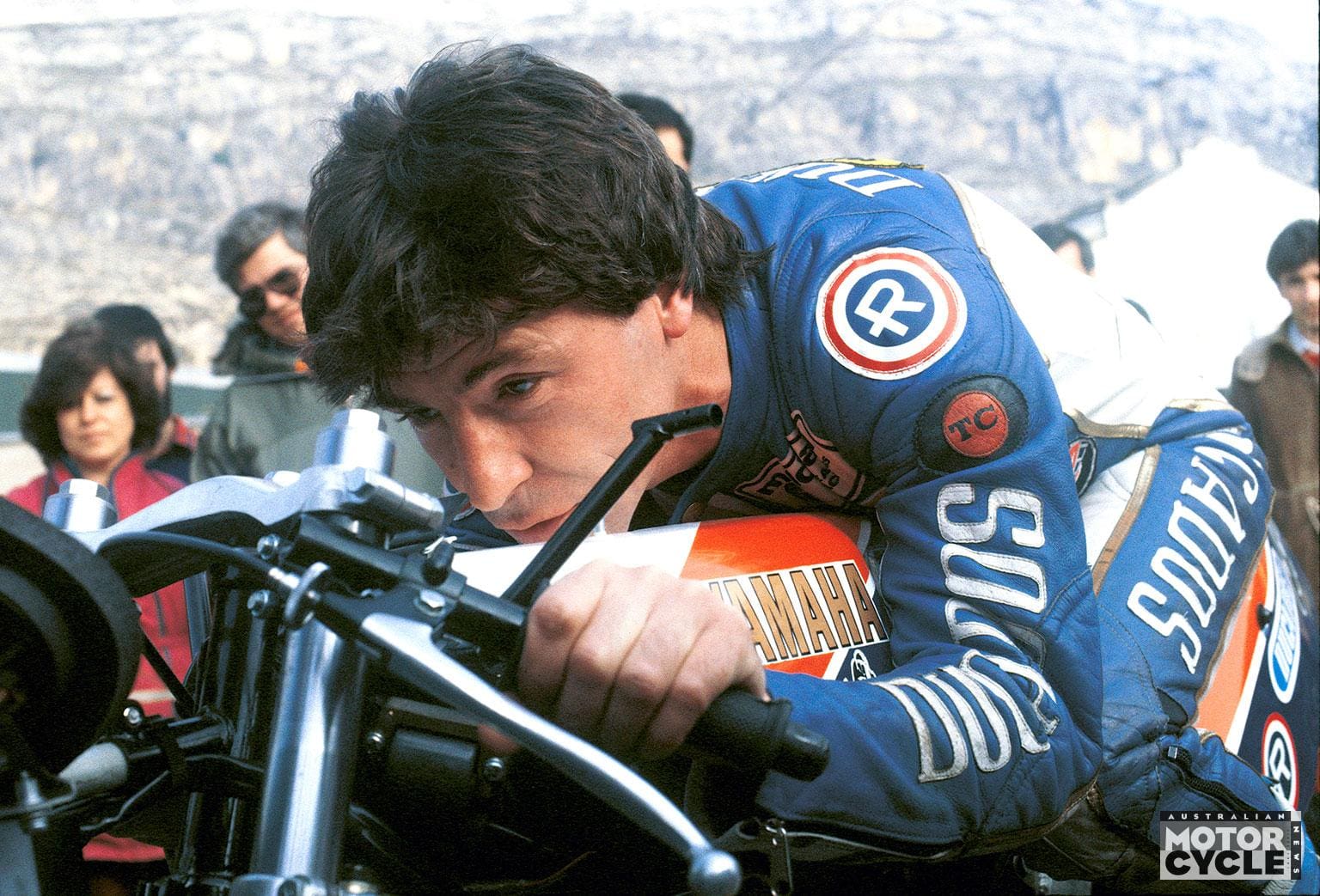History has it that blokes on bikes started racing in tight circles around the Maitland Trotting Track in December 1923. A great idea, quickly adopted along Australia’s east coast. They think big on the other side of the continent and, in its inaugural configuration, Claremont Speedway was 750 yards (685.8m)in circumference when it opened in May 1927.
Hanging over the fence was 20-year-old Ron Johnson, a bloke who must have had access to a quid or two. Legend has it that, at Claremont’s second meeting, Ron turned up with a race-winning bike and a race-winning attitude. He won his first heat, his first semi and his first final. Before the year was out he’d been crowned WA State Champion.
In April the following year, Ron, along with his fellow West Australian speedway aces, Sig Schlam and Charley Datson, were ushered into their first class cabins aboard the Orient liner Oronsay. Under the auspices of promotor Johnnie Hoskins and his cohorts, they were on their way to England to teach the Poms a thing or two about speedway.
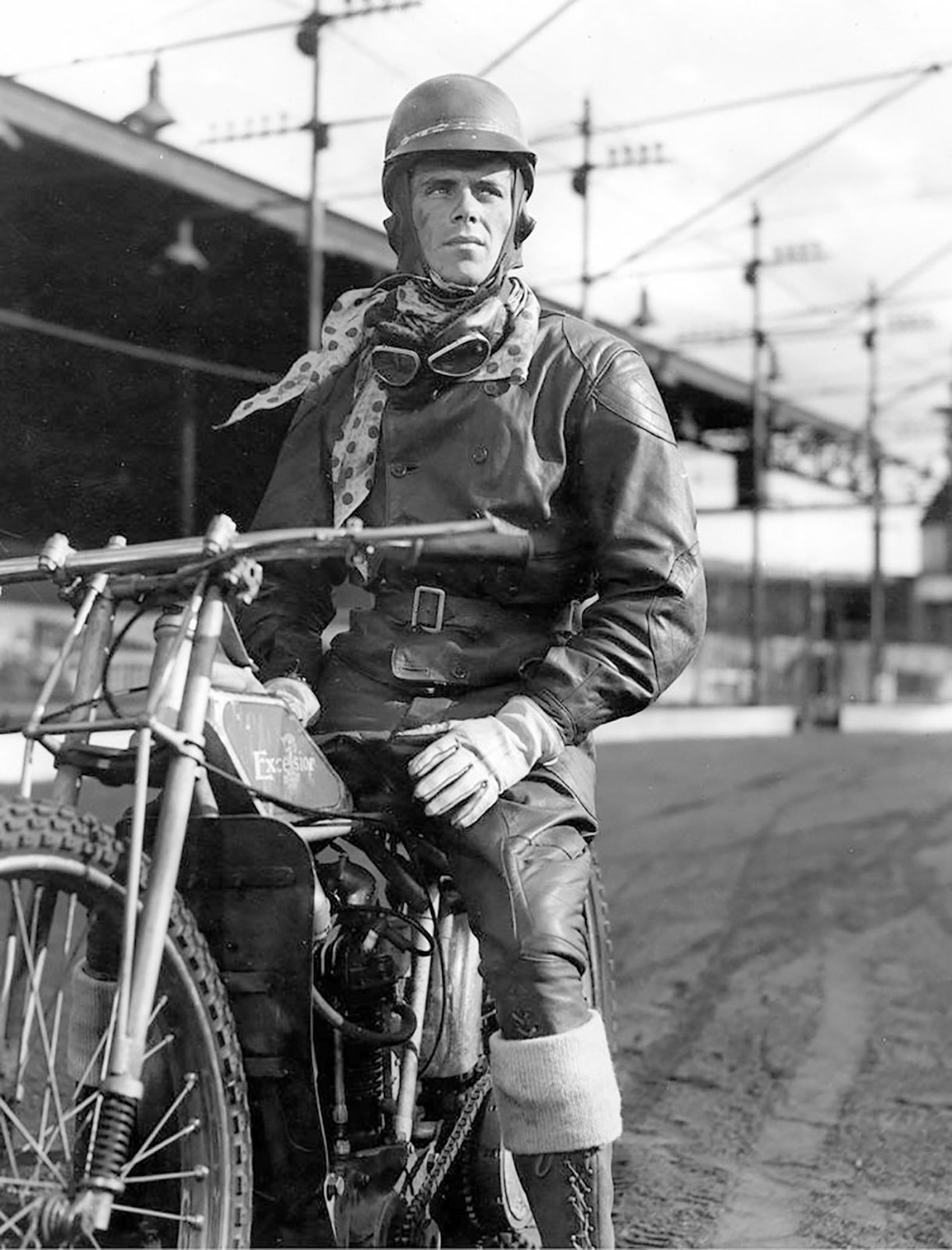
Ron was quick to adapt to London’s saucer-shaped New Cross track, at 262 yards (239.5m) the smallest in England. It would become his new home and he was soon raking in the rich purses in what then was Britain’s highest-paid sport – even through the awful depression. Winning the 1932 British Championship, followed by the 1933 British Match Race Championship kept Ron in the headlines. Chosen to feature in the speedway racing scenes of the 1933 film Britannia of Billingsgate only added to his fame and fortune.
While back on the Australian summer circuit in 1948-49 Ron married Ruby, with whom he’d had a spasmodic, long-distance romance for some years.
On returning to England, the couple took up residence at The Dorchester; the world-famous luxury hotel in London’s Park Lane.
Precisely what involvement Ron had in the production of the 1949 film based on the rise, fall and redemption of a speedway champion remains open to speculation. The title of the film Once a Jolly Swagman is claimed to be a reference to speedway’s origins in Australia; although the song, sung by Kenneth Williams on the soundtrack, must have puzzled American audiences when the film was released in the USA with the title Maniacs on Wheels.
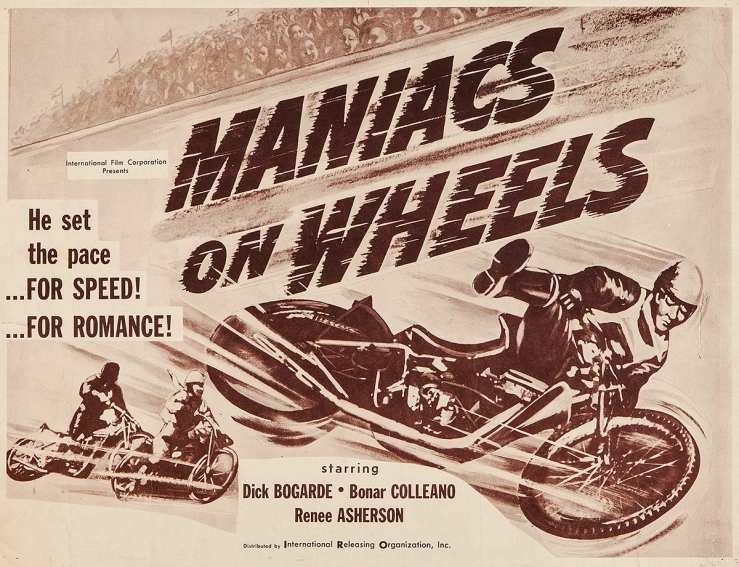
According to film reviewer Stephen Carver, the American title is “a pretty fair assessment of those early speedway racers, screaming sideways around a shale track on bikes with one gear and no brakes in a movie driven forward by authentic racing scenes”. Hopefully more authentic than the publicity poster. If nothing else, the film launched the career of Dirk Bogarde, who became the leading matinée idol of the 1960s.
For Ron Johnson, 1949 turned into a disaster. Only months after his marriage to Ruby, a heavy crash at Wimbledon left him with a fractured skull and a near fatal blood clot.
Luckily Ron recovered but, despite several attempts, never regained his dominant form in the English League.
Then, in a finale befitting Hollywood Ron came out of retirement to win the 1954-55 WA State Championship at Claremont Speedway some 37 years after winning his first state title.
